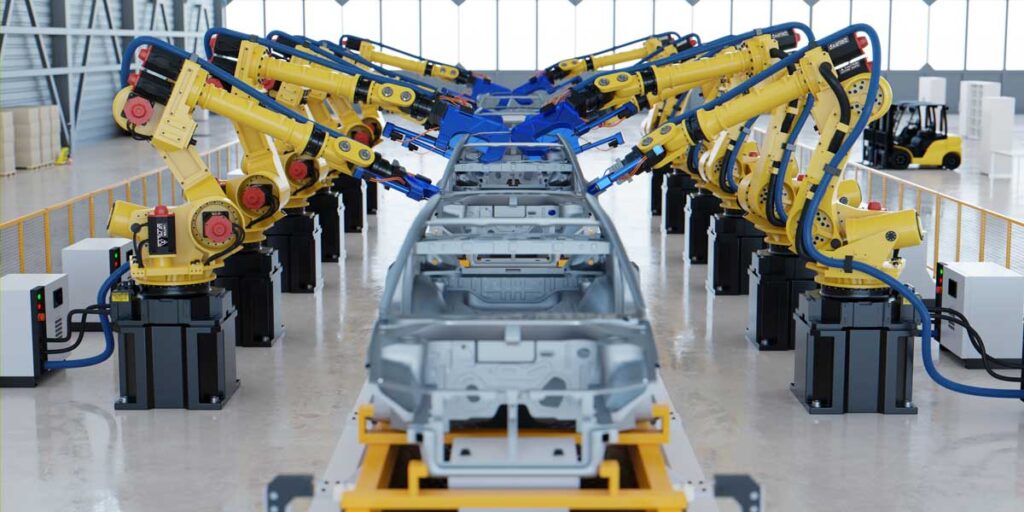
The Impact of Graphene on the Automotive Industry
Graphene has emerged as a pivotal material driving transformation across various industries, and the automotive sector is no exception. With its exceptional properties in strength, lightness, thermal and electrical conductivity, graphene is unlocking new possibilities for manufacturing more efficient, safer, and sustainable automotive components. The incorporation of graphene in automotive manufacturing enhances vehicle efficiency, boosts performance, and reduces both fuel consumption and emissions, contributing to a greener future for the industry.
How Graphene Enhances Efficiency in the Automotive Industry
The efficiency-boosting potential of graphene in the automotive sector lies in its unique properties. Being extremely lightweight yet incredibly strong, graphene allows for the reduction of component weight without compromising structural integrity, directly enhancing energy efficiency. Reduced weight means less strain on the engine, leading to lower fuel consumption in combustion vehicles and increased range in electric vehicles.
Furthermore, graphene’s exceptional thermal conductivity improves heat dissipation in critical vehicle components, such as batteries and brake systems. This not only extends the lifespan of these parts but also enhances overall vehicle safety and performance, as graphene helps maintain stable temperatures under high-demand conditions.
Key Applications of Graphene in Modern Automobiles
Graphene’s exceptional properties have led to its integration into various automotive components, significantly enhancing vehicle performance and efficiency. Below are some pivotal areas where graphene is transforming modern vehicles:
- Batteries and energy storage systems: Graphene is revolutionising electric vehicle (EV) batteries, particularly lithium-ion and emerging solid-state variants. Its inclusion allows for higher energy density in a compact form, facilitating the development of EVs with extended range and reduced charging times. Additionally, graphene enhances battery longevity by mitigating degradation over time, thereby improving sustainability.
- Composite materials for bodywork and chassis: Incorporating graphene into composite materials for automotive bodywork and chassis results in components that are both lighter and stronger. This weight reduction contributes to improved fuel efficiency in combustion vehicles and increased range in EVs. Moreover, the mechanical strength of graphene enhances safety during impacts.
Tyres: The tyre industry is also benefiting from graphene’s integration. Adding graphene to rubber compounds improves grip on road surfaces and increases durability, leading to reduced wear and enhanced fuel efficiency. These improvements significantly bolster vehicle safety.
Advantages of Graphene in Fast Charging Systems and Electric Vehicle Batteries
One of the main challenges for electric vehicles is battery charging time. Due to graphene’s high conductivity, it is possible to improve fast-charging systems in electric vehicles, enabling quicker charging without causing the battery to overheat. Incorporating graphene into electric vehicle batteries allows manufacturers to offer shorter charging times, making these vehicles more convenient for consumers and more competitive with combustion engine vehicles.
Additionally, graphene promotes even energy distribution within the battery, reducing wear on individual cells and extending the battery’s lifespan. This translates to less frequent replacement, which not only lowers costs for electric vehicle owners but also enhances the sustainability of these vehicles.
Graphene and Automotive Safety
Automotive safety is a top priority within the industry, and graphene holds the potential to make significant advancements in this area. The integration of graphene into braking systems and safety structures allows for the development of components with enhanced heat and impact resistance. For instance, in braking systems, graphene improves heat dissipation, preventing brake overheating during prolonged use, thereby increasing system efficiency and safety.
Additionally, incorporating graphene into body reinforcements enhances collision resistance, providing better passenger protection and minimising structural damage in the event of an impact.
The Future of Automotive Technology with Graphene
Graphene has the potential to completely transform the automotive industry, ushering in a new era of lighter, more efficient, and safer vehicles. From manufacturing more durable, eco-friendly components to creating batteries that overcome current limitations, graphene is pivotal in the advancement of high-performance, low-carbon vehicles.At Graphenano Composites, we are dedicated to innovation in advanced materials, developing graphene-based resins and composites tailored to meet the demands of the automotive industry. Our products are engineered to enhance the performance of modern vehicles by reducing weight and boosting the efficiency of essential components. If you’d like to learn more about how our graphene solutions can transform your automotive projects, feel free to contact our team.

